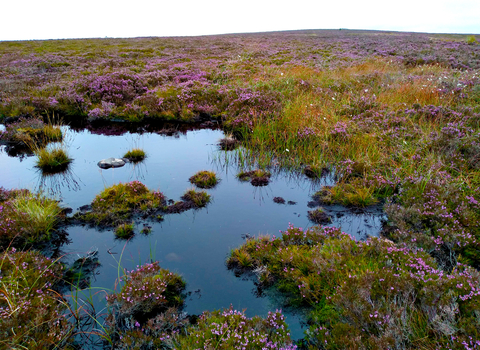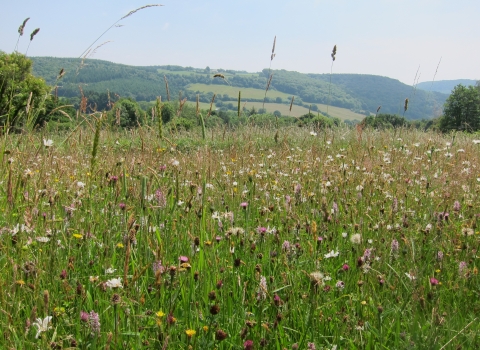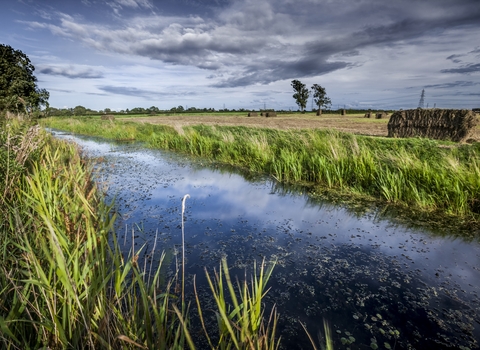Since joining the team at Gwent Wildlife Trust in August, I’ve been learning a lot about these links. It’s becoming increasingly clear to me that such large scale global goals need to be looked at holistically. We cannot ignore the role of local habitats and ecosystems as well as how each unique animal and plant community supports our fragile planet. The Wildlife Trusts as a movement have been at the forefront of promoting this message for nearly 110 years, but perhaps the natural awakening has, finally, begun!
People around the world are starting to listen and put nature at the forefront of this fight. I am somewhat reassured when I look at the news and see that there is at least a reasonable conversation about nature’s relationship to our climate – that’s not to say the conversation is going far enough, there is clearly more that needs to be done and should’ve been done already.
It is sadly too late for some of the UK’s already extinct species, with 41% of species currently in decline, all changes are well overdue. So ahead of this year’s COP26 we are going to demonstrate how some of Gwent’s wildlife habitats, alongside our projects, can not only deliver a better, wilder future but also make a noticeable and positive difference to climate change. Here, as an example, are three habitats in Gwent alongside the science and statistics behind the differences they are making.




